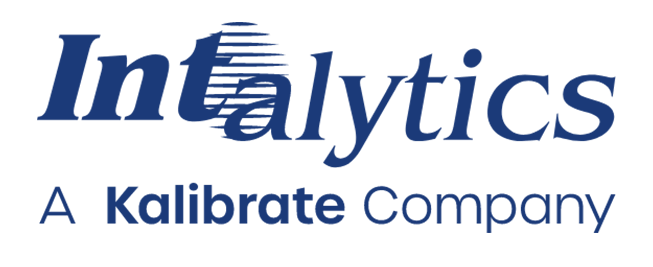Intalytics Commentary: Making Data-Driven Decisions in a Pandemic

With the onset of the current pandemic, the best laid expansion and marketing plans of retail, restaurant, and service operators were suddenly thrown into disarray. In this rapidly changing environment, decision-makers now rightly questioned the relevance of the very data and insights which had helped inform those plans in the first place.
However, it is still possible to build data-driven strategies even when those data points are shifting and nowhere near settled. To help navigate the uncertain waters ahead, we offer the following suggestions:
Study Timely Data
We live in a time in our society where data is omnipresent, and where modern data platforms support rapid speed-of-delivery and speed-of-insight. The digital transformation has expanded data availability & breadth, and provided many new means of quickly understanding how consumers behave.
One of these relatively new means is mobility data, which can identify recent trends in individual activity at a brand level and illustrate how consumer behavior is shifting. In our ongoing series of articles measuring the impact of COVID-19, we have used this source of “timely data” to find that:
- Early-pandemic shoppers were increasingly shopping multiple grocery stores, while simultaneously shifting their purchasing toward value-oriented stores
- Consumers who patronized restaurants in the middle of shutdowns tended to prefer low-interaction options (like quick service restaurants), and were more likely to have lower levels of income and education
- Individuals in need of urgent care services were more likely to be black or Hispanic, and to work in essential jobs or be older & retired
- While a resurgence of retail and shopping center activity is well underway, consumer shopping activity is more transactional and less experiential for now
In addition to studying contemporary data on behavioral patterns, it’s equally important to evaluate other relevant data points that likely are changing. Competitor closures (temporary or permanent), increases in unemployment, workforce shifts, and more will have varying impacts on different operators, and should be assessed for each in the context of known performance drivers to better inform future strategies.
Apply Unique Data-to-Insight Strategies for Different Decisions
While contemporary post-COVID data is essential for helping get a handle on what changes are occurring (and what they may spell for the future), it is important to note that we are currently living in an outlier time period. While it may be tempting to completely reinvent a brand based on the last few months of data (and certainly there will be a fortunate few who win big doing just that), we suggest drawing insights from different periods depending on the nature and time horizon of the problem at hand.
One example of a business question with a short-term time horizon is “how can I drive additional business to my locations now?”. This problem is likely best solved with a blend of old and new data – pre-pandemic data can help identify customers that can be targeted for re-engagement, while post-pandemic data can help identify who fits the profile of a likely current shopper, and help hone in on messaging that is relevant and timely to both groups.
Other short-term time horizon business questions may be best served by analyzing contemporary data exclusively. Questions like “what operational changes are best received among my customer base?” (e.g. cleaning and safety protocol enhancements, contactless/curbside/delivery options, etc.) obviously necessitate collecting and evaluating new data.
Business questions that are focused on the long-term (including “is a particular location viable?” and “which markets are the best targets for expansion?”) will often require a blend of data to be best informed. Legacy data and insights (customer profiles, performance drivers, trade areas and network spacing, etc.) may very well be the best surrogate for future-state data in many situations; after all, the past few weeks of case rate increases have shown us how eager many in this country are to get back to business as usual. However, there are many shifts underway with long-term implications for operators that the pandemic either started or accelerated. Notable shifts include e-commerce competition and omni-channel or electronic ordering expectations, the decline of offices and the emergence of work-from-home, and shifts in consumer preference toward contactless options. Ignoring the potential impact of these trends on a brand is just as dangerous as ignoring the past.
Leverage Models that are Flexible Enough to Allow for New Data and Assumptions
It is clear that there are a lot of moving parts here – but that’s nothing new to us. Predictive modeling for market planning and marketing is a complicated business, and requires a deep understanding of how consumers behave and how a myriad of drivers come together to explain performance.
A quality predictive model should be adaptable to changes in input data and flexible enough to allow for assumptions to be relaxed. Models built in this manner give users the capability of running “what if” scenarios – a feature that we’ve used in the past to help answer questions like “what can we expect if we open a new prototype without dine-in seating?” – and which is especially useful in the current climate.
While hands-off machine learning systems can be a powerful complement to a robust model, an exclusive reliance on these systems will leave one ill-equipped to deal with a reality that requires out-of-model data and assumptions to make quality decisions.
To learn more about what sets Intalytics models apart and how we can assist in your real estate and marketing decision-making, please contact us for more information.
Related News
Carousel items












